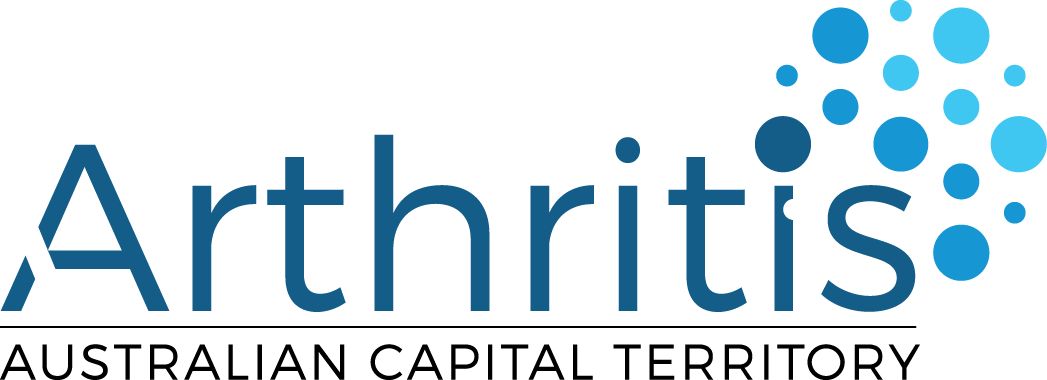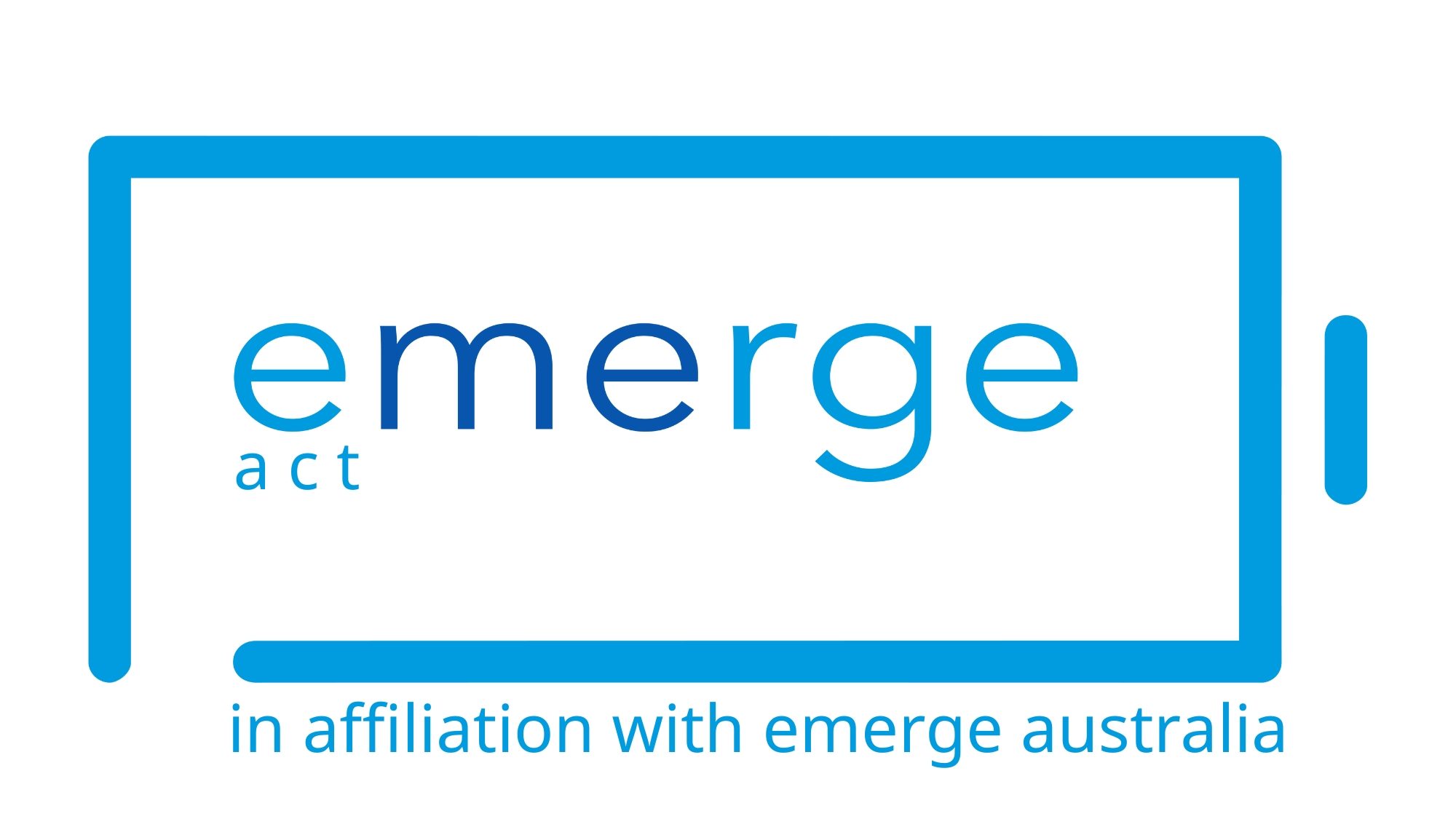Return to: Arthritis ACT, Pain Support ACT, Emerge ACT or Condition Information
About Back Pain
Back pain includes pain that affects any area of your spine or the surrounding muscles, nerves and tissues. Your back includes the area from your neck to your buttocks. Low back pain is pain that is felt in the lower part of the spine.
It is very common with four out of five people experiencing it at some time in their lives. Most bouts of low back pain get better in several weeks with or without treatment.
What causes Back Pain?
More than 9 out of 10 cases of back pain are not caused by a serious medical problem:
- Strains and sprains: The most common cause of back pain, often caused by heavy lifting or twisting.
- Degenerative disc disease: Aging can cause the discs between the vertebrae to break down.
- Herniated or ruptured discs: A disc can bulge or rupture and press on a nerve.
- Arthritis: Osteoarthritis can affect the lower back.
- Spinal stenosis: A narrowing of the spinal canal that can put pressure on the spinal cord.
- Spinal fractures: The bones in your lower spine can break during an accident.
See a health professional when Back Pain:
- Lasts longer than a few weeks
- Is severe and doesn’t improve with rest
- Spreads down one or both legs, especially if it goes below the knee
- Causes weakness, numbness, or tingling in one or both legs
- Is paired with unexplained weight loss
How is Back Pain diagnosed?
Most cases of back pain can be diagnosed without imaging scans, such as x-ray, CT or MRI. The following may be used to help to determine the cause of back pain:
Physical exam including: assessing range of movement; pain level; gait and balance.
Medical history: asking about symptoms, what makes them worse or better, when they started and any family history.
Blood tests, X-Rays, MRI, CT-Scan, Nerve Conduction tests may be performed to pin point the cause of the back pain and rule out more serious conditions.
What are flares/reoccurrences?
Back pain is a condition that naturally improves and worsens at different times. Learning how to manage a flare-up/reoccurrence of your symptoms helps you to be more in control of your condition. The reasons for a flare-up/reoccurrence can vary from person to person.
What are the most common symptoms of Back Pain?
- Muscle ache to a shooting, burning or stabbing feeling
- Pain can radiate down a leg
- Bending, twisting, lifting, standing or walking can make pain worse
How is Back Pain managed?
Most back pain gets better within a month with home treatment. If home treatments aren’t working, a healthcare professional might recommend stronger medicines or other therapies.
Exercise: remaining active and reducing prolonged resting time is important. A land based tailored exercise program can reduce pain and other symptoms, such as strengthening and stretching exercises. Hydrotherapy provides non-weight bearing exercise which encourages movement of painful joints and relaxing muscles around the spine.
Medicines:
- Non-steroidal anti-inflammatories and muscle relaxants: may provide some relief. Must be taken as prescribed and can have serious side effects.
- Topical pain relievers: including creams, salves, ointments and patches, deliver pain-relieving substances through the skin.
- Narcotics: Medicines containing opioids, such as oxycodone or hydrocodone, may be used for a short time with close medical supervision.
- Antidepressants: Some types of antidepressants, particularly duloxetine (Cymbalta) and tricyclic antidepressants such as amitriptyline, have been shown to relieve chronic back pain.
Heat or Cold Packs: can used to reduce pain, remember to only apply heat or cold packs for 20mins at a time, as per product instructions or as per your health professional.
Lifestyle: maintaining a healthy lifestyle can reduce symptoms, including reducing stress; not smoking; eat a healthy diet; maintain healthy weight.
Alternative Therapies: these treatments are increasingly popular and offer options other than standard medical therapies or medications. For example: massage; dry needling; acupuncture; spinal adjustments by a chiropractor.
Surgery and other Procedures: may be the best option when back pain is more severe. Such as: Cortisone injections, Radiofrequency Ablation, Implanted Nerve Stimulators and Surgery.


